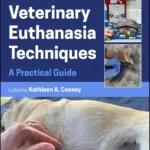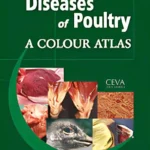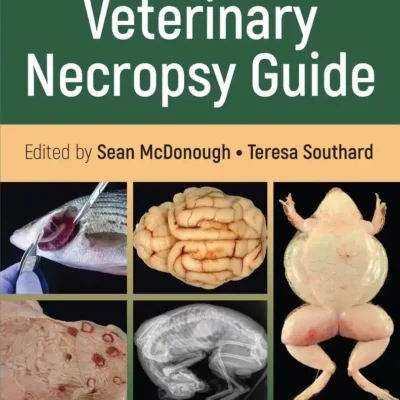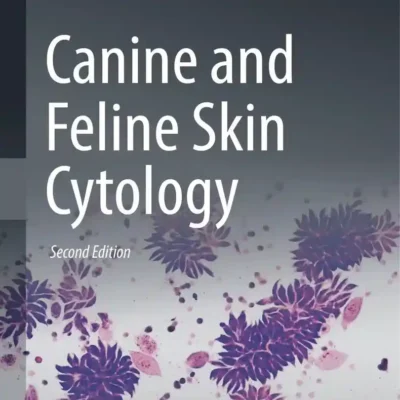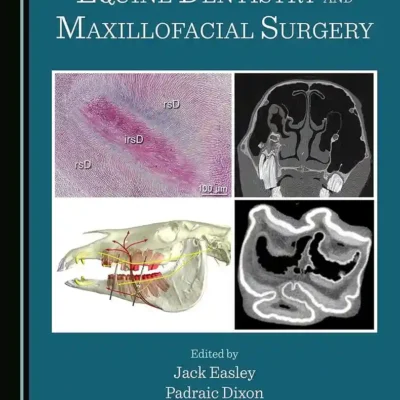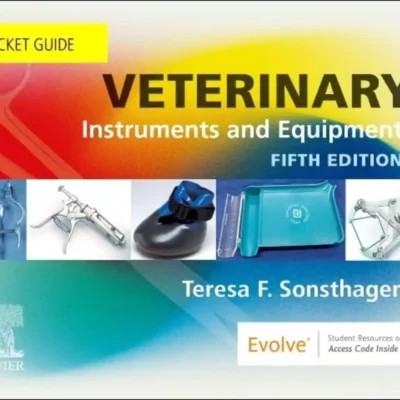Color Atlas of Surgical Approaches to the Bones and Joints of the Dog and Cat: Thoracic and Pelvic Limbs
 by R Latorre Reviriego, F Gil Cano, S Climent Peris, O Lopez Albors, R Henry, M D Ayala Florenciano, G Ramirez Zarzosa, F Martinez Gomariz, J Vazquez Auton, Editorial Inter-Medica SA
by R Latorre Reviriego, F Gil Cano, S Climent Peris, O Lopez Albors, R Henry, M D Ayala Florenciano, G Ramirez Zarzosa, F Martinez Gomariz, J Vazquez Auton, Editorial Inter-Medica SA
July 2009
Many surgeons usually choose to review regional anatomy when planning for surgery. Anatomical review is more likely while learning new surgical techniques, as identification of anatomical structures is not as routine. This atlas provides an answer to traumatologists who have been asking for a collection of colour anatomical images of the most common surgical approaches to the limbs. The selected images have been used in continuing education courses for traumatologists with great success and availability in text book format is often asked. The approaches to the thoracic limb are presented in three sections. The first includes the scapula, shoulder and humerus of the dog, the second contains the elbow, radius, ulna and manus of the dog, and a third section includes selections on the cat. The pelvic limb begins with the hip joint and thigh and continues with the knee, leg and pes of the dog. It concludes with the corresponding approaches in the cat. Images of the articulated bones of the region are presented at the beginning of each section.
All approaches were completed on fresh tissue (no fixation) for more natural colour. Cadaver vessels were highlighted by colour injection. Superficial to deep views of preparations are presented with the relevant muscles, ligaments, nerves and vessels identified. Additionally, several videos of the thoracic and pelvic limbs with 3D reconstruction, obtained from live specimens at the Minimally Invasive Surgery Centre Jesús Usón (Cáceres, Spain) with a BV Pulsera 3DRX Option. Philips. S. A. device, are included. Indications for each approach are referenced at the beginning of each chapter.
All approaches were carried out on left limbs – with the exception of some in the manus and pes- , and sequenced from proximal to distal. Footnotes indicate the commonly used protocol for each surgical approach. We would like to conclude with a very special reference to Prof. Dr. Francisco Moreno Medina, who had to leave his career in anatomy early and retire due to illness. He founded the Anatomy and Embryology group at the University of Murcia and from him we inherited a large part of our anatomical knowledge and passion for working in the dissection room.
PDF 23.1MB



